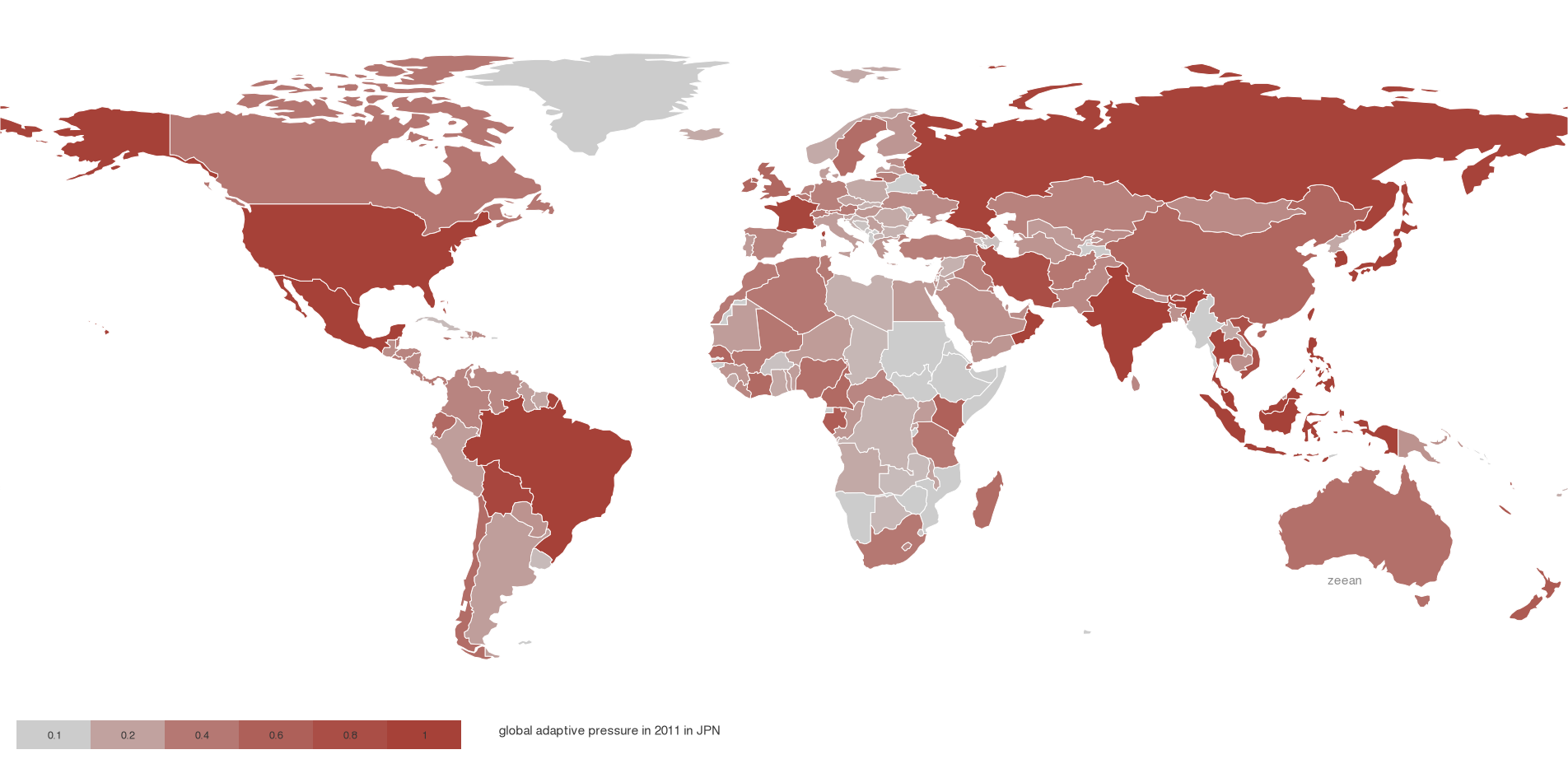A. Levermann
Commentary: Make supply chains climate-smart
Nature 506 (2014), 27-29.
 entry
-
entry
-  entry
entry
B. Marzeion & A. Levermann
Loss of Cultural World Heritage and currently
inhabited places to sea-level rise
Environmental Research Letters 9 (2014), 034001. doi:10.1088/1748-9326/9/3/034001.
» Supplementary information
 entry
-
entry
-  entry
entry
J. Hinkel, D. Linke, A.T. Vafeidis, M. Perrette, R.J. Nicholls, R. Tol, B. Marzeion, X. Fettweis, C. Ionescu, A. Levermann
Coastal flood damage and adaptation costs under
21st century sea-level rise
Proceedings of the National Academy of Sciences 111 (2014), 3292-3297, doi: 10.1073/pnas.1222469111.
» Supplementary
information
 entry
-
entry
-  entry
entry
J.A. Church, P.U. Clark, A. Cazenave, J.M. Gregory, S. Jevrejeva, A. Levermann, M.A. Merrifield, G.A. Milne, R.S. Nerem, P.D. Nunn, A.J. Payne, W.T. Pfeffer, D. Stammer, A.S. Unnikrishnan
Letter to the Editor: Sea-Level Rise by 2100
Science 342 (2013), 1445, doi: 10.1126/science.342.6165.1445-a.
 entry
-
entry
-  entry
entry
A. Levermann, P.U. Clark, B. Marzeion, G. Milne, D. Pollard, V. Radic, A. Robinson
The multi-millennial sea-level commitment of global warming
Proceedings of the National Academy of Sciences (2013), published in early edition online.
» Commentary by B. Strauss in PNAS
 entry
-
entry
-  entry
entry

